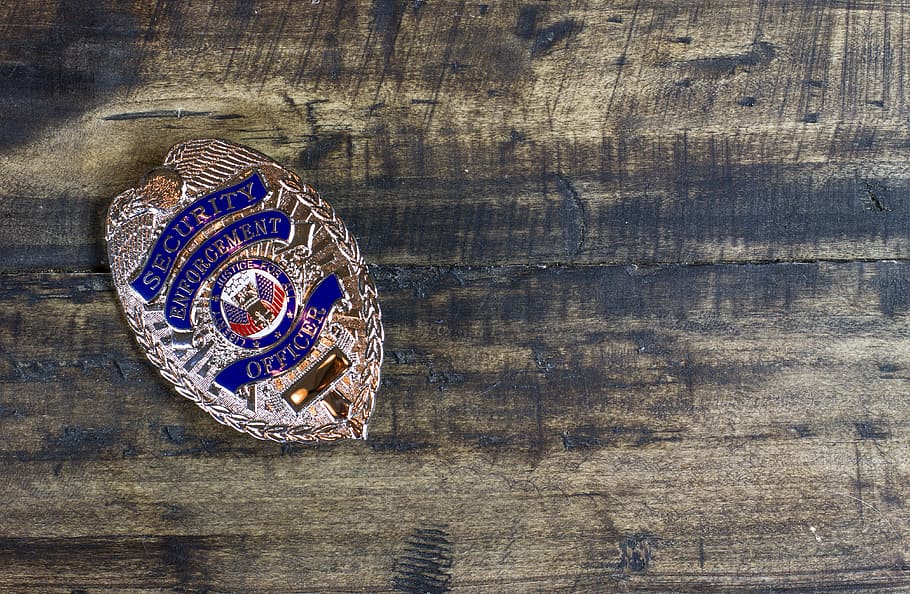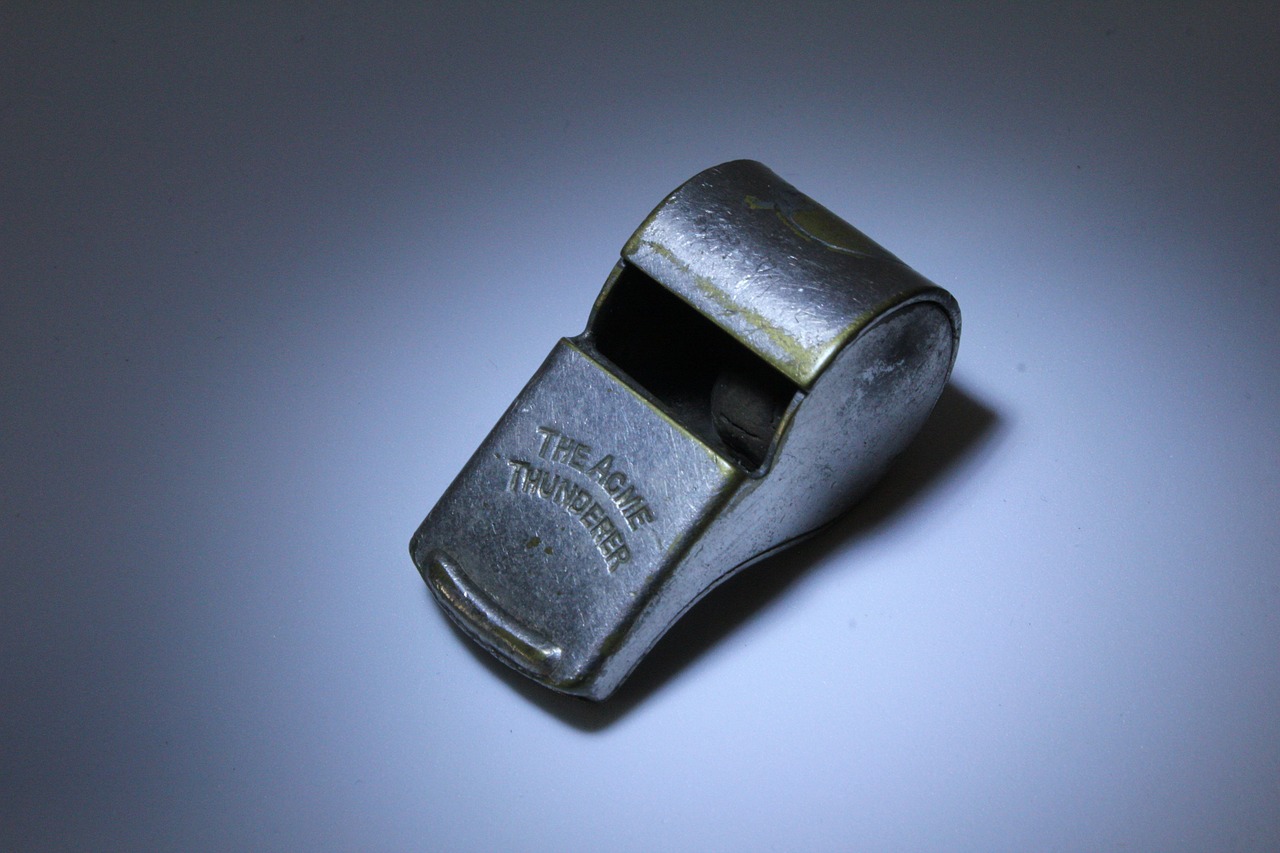interviews
The Persistent Mystery of Patty Hearst
Jeffrey Toobin on 70’s radicals, true crime and American Heiress

On February 4, 1974, Patty Hearst — a Berkeley student and scion to one of the country’s most storied families — was kidnapped by a group calling itself the Symbionese Liberation Army. The SLA was a radical leftist cadre led by an ex-con named Donald DeFreeze. Even by the standards of the day, it was a ragtag outfit with muddled goals and beliefs. At best, its ranks counted eight or nine committed guerrillas, but their dedication to violence and politically charged mayhem was beyond question. Just three months before, SLA members had assassinated one of the Bay Area’s most respected figures, Marcus Foster, the superintendent of the Oakland school system. The SLA was well armed and supremely paranoid. After the Hearst kidnapping, the FBI mobilized the biggest manhunt in the agency’s history, and the country tuned in for daily updates. What followed was one of the strangest episodes in American history. Depending on whose version of events you believe, Patty Hearst was either the SLA’s captive — bound, raped, brutalized, and forced to participate in violent bank robberies — or she was Tania, the radical convert taking up arms for the cause, a card-carrying SLA revolutionary.
American Heiress, the new book by Jeffrey Toobin, shines a light on this remarkable controversy, examining the politics of the 1970’s left, the rise of the conservatism under California governor Ronald Reagan, and the new era of live television reporting and celebrity magazines. Most of all, Toobin breaks down what was happening inside the SLA’s powder keg world and tries to answer the pivotal question: what was Patty Hearst really thinking?
Twenty years ago, Toobin — the former prosecutor, now a staff writer for The New Yorker and a legal analyst for CNN — made his name covering another bellwether moment of the modern culture: the OJ Simpson trial. His reporting provided the definitive account of that trial-of-the-century, and would later form the basis of the hit FX show The People versus OJ Simpson.
With the Patty Hearst scandal, Toobin is back in his element: crime, passion, politics and an assemblage of world-class legal talent amidst a media frenzy.
I spoke with Toobin about the SLA, the days when bombings were everyday occurrences in the US, the surging popularity of true crime stories, and how the Patty Hearst scandal defined one era and paved the way for another.

Dwyer Murphy: Let’s start by talking about the cultural atmosphere in the Bay Area in the 1970’s. The ’60s are over and the social fabric is deteriorating. New radical groups are popping up around the Bay. You dubbed this period an “evil parody” of the dreams of the decade before.
Jeffrey Toobin: This culture had two formative events from the 1960’s: the free speech movement from Berkeley and the Summer of Love in San Francisco. Both of those were born of idealism and politically and socially progressive ideas. By 1974, everything had curdled. The middle class kids had, by and large, fled the counter culture, because the draft had ended and the immediate threat to them was gone. The people who were left were the dead-enders. No one was more dead-end than the handful who turned into the Symbionese Liberation Army.
Murphy: Where would you place the SLA in relation to some of the well-known radical groups of the time? Say, the Weather Underground or the Black Panthers.
Jeffrey Toobin: The SLA was tiny. Even broadly defined, you’re talking about a dozen people. It was a fragment of a fragment. The SLA was distinguished by the utter incoherence of its goals. The absence of goals, really. They called themselves revolutionaries, but they didn’t even know why they kidnapped Patty Hearst, much less what should be done about American society. They kidnapped her and there was this vague idea about trading her for the accused killers of the murdered superintendent of the Oakland school system, Marcus Foster, but the SLA didn’t even explicitly ask for a trade. Spur of the moment, they came up with the idea of feeding the poor of California, and to their astonishment, Patty’s father, Randy Hearst, tried to meet that demand. He put together a food drive. It was a predictably chaotic exercise, but they got a lot of food out the door. Once the food giveaway started, though, the SLA leader, Donald DeFreeze — General Cinque — got bored. He had no clear idea of what to do next. It was only through this bizarre transformation of Patty Hears that the SLA started robbing banks.
Murphy: Terrorism and political violence were seen so differently then. That changed later, especially after 9/11, but at the time, terrorism was — for lack of a better word — commonplace. It’s hard to get your head around now. You cite some interesting statistics in the book. In September 1975, when Patricia was arrested, you note that there had been “fifty bombings in California alone.” This was a part of everyday life, and people weren’t all that outraged.
Jeffrey Toobin: Can you imagine what my colleagues in cable news would do with this story today? With the number of bombings that were going on at the time? Yes, it’s true that most of the bombings were after hours and not designed to kill people, but some did kill people. And bombs are bombs. It astonished me how violent the radical the left was in the 1970’s. I was shocked, looking at the FBI numbers. And then you had events like the zebra killings in San Francisco, where this splinter group of Black Muslims just decided to kill and torture random white people. I had heard of the Zodiac Killer, of course, but I didn’t know anything about the zebra killings.
Can you imagine what my colleagues in cable news would do with this story today? With the number of bombings that were going on at the time?
Murphy: How do you think the media would cover it today? The Hearst story, I mean.
Jeffrey Toobin: You have crime and celebrity and mystery and sex and race. Talk about a toxic brew that’s irresistible to journalists.
Murphy: Let’s get into the question of sex and the role it played in the SLA. Pretty much everyone in the group was sleeping with everyone else. That was an important tenet. But then there’s also the issue of what happened to Patty. As a captive, she was forced to have sex with some of the SLA men — raped. Later, there were questions about her relationships within the group. It’s an incredibly thorny subject, and the way it was handled at trial seems so distinctly of the period.
Jeffrey Toobin: Ideas about rape and consent have evolved so much since the early ’70s. At that time a man could not be convicted of rape unless the woman physically resisted and tried to fight him off. Think about how crazy and obsolete that view of rape is. And so I wanted to tread with great care on this subject, because it’s very fraught politically, and I wasn’t there. I had to reconstruct events as best I could. It turned out there was a lot of source material on that subject, including from the survivors of the SLA, and Patricia’s book and testimony. Also sex was, in many respects, the turning point of her trial. There was a disclosure that she kept a necklace — Old McMonkey investigators thought it was called — given to her by Willy Wolfe. The jury took that to be proof that Patricia was in fact in love with Willy Wolfe, and not his victim.
As to the group’s dynamics, sexual roundelay was a big part of the SLA’s existence. Trying to sort what happened and what it all meant was difficult. There are several places in the book where I simply say ‘it’s unclear what the precise dimensions of these relationships were.’ I think it’s important to confess when the evidence is ambiguous.

Murphy: Race also played an interesting role in the group’s formation. Most of the SLA members were white, but they believed in black power, and so they followed a black man, Donald DeFreeze, whose politics and temperament were erratic, to say the least.
Jeffrey Toobin: I thought that was fascinating. It was an illustration of how clueless these white kids were. They thought being in prison gave people like DeFreeze a certain wisdom that others just didn’t have. And really that dynamic is where this whole book began. I did a piece for The New Yorker about a gang in Baltimore that took over a jail, and from there I got interested in the Black Guerrilla Family, which was founded by George Jackson in the late ’60s in Soledad prison, in California. During that period, prisons were political hotbeds, and sources of revolutionary foment. It’s so different than what you have today. That really made a strong impression on me.
Murphy: Something that struck me about the public reaction to the Hearst kidnapping — and the time she spent on the run with the SLA — is that a lot of people seemed to think all this was, almost, fun. I’m thinking of one figure in particular: Tom Matthews. When Patty and the Harrises were fleeing police in LA, they found this random high school kid with a car and essentially kidnapped him for the day. Later he testified that he wasn’t scared at all, that he was having a good time. It was a lark. He seems, in a way, like a stand-in for a big portion of the country and how they viewed the Hearst kidnapping.
Jeffrey Toobin: Good ol’ Tom Matthews…Look, like all the best stories there were elements of comedy and tragedy interwoven into the Hearst story. You have this group that murdered Marcus Foster and Myrna Opsahl, the teller who was killed in the course of the SLA’s third bank robbery. Those actions were beyond horrendous. But then you have other victims, like Tom Matthews, whose only concern was about getting back in time for his high school baseball game. It was a mixed bag of the sinister and the comic. The same thing resonated for me with the OJ experience. The OJ Simpson case was ultimately about the vicious murder of two human beings. I tried never to forget that when I was writing about the case, but then there was also hilarious stuff that happened during that case, and you can’t pretend that’s not also true.
Murphy: Where do you place these events in the development of modern celebrity culture? Your OJ book made a compelling argument about that case giving birth to certain strands of contemporary society. What about Patty Hearst?
Jeffrey Toobin: The Hearst story was much more of a pivot point into the modern world. You saw hints of what society and the media would become. With OJ, the transformation had already taken place. We already had a full-fledged celebrity culture, and so the coverage was in place. The thing about Hearst that struck me was how small the news media was at the time. You had newspapers, news magazines, three half-hour evening news shows, and one morning news show, The Today Show. Good Morning America was created in 1975, as this story was happening. There was no cable news, no Internet, no social media. This was their idea of a big story in those days. But by today’s standards it was practically happening in privacy. Back then, in order to illustrate how much publicity this story was getting, people would say, ‘she was on the cover of Newsweek seven times.’ Today people would ask what’s Newsweek? What’s a cover? It shows you of much how the world has changed.
Murphy: We’re having a true crime moment right now, between Serial, Making a Murderer, The Jinx, The People versus OJ Simpson, and also, maybe, your new book. Do you have a theory as to why this is taking hold of imaginations now?
Jeffrey Toobin: Murder never goes out of style. Crime never goes out of style. The merger of celebrity and crime is always going to be big. There’s an appetite for mystery, and in a world of closed narrative — where all the answers are known — people want something that’s more open. The appeal of Making a Murderer and especially Serial is that you have to try to figure it out yourself. You’re not told what the answer is. The appeal of the Hearst story is similar in that there are these open questions. Was she really a terrorist? Or was she forced to do what she did? That’s a hard question. And that’s the focus of the book. I expect that not everyone will come to the same conclusions I did.
Murder never goes out of style. Crime never goes out of style.
Murphy: The post-hippie violent left is also experiencing a surge in interest, it seems. Between the Manson Family and Patty Hearst, there are quite a few books, TV shows and movies in the works. This new book of yours is already being for the screen, I believe. What is it about that period that’s resonating today?
Jeffrey Toobin: I think people suspect today that society is resting on a shaky foundation, and that whether it’s school shooters, or terrorists, there’s craziness and evil not too far below the surface. And in the ’60s and ’70s there were evil people in our midst.









